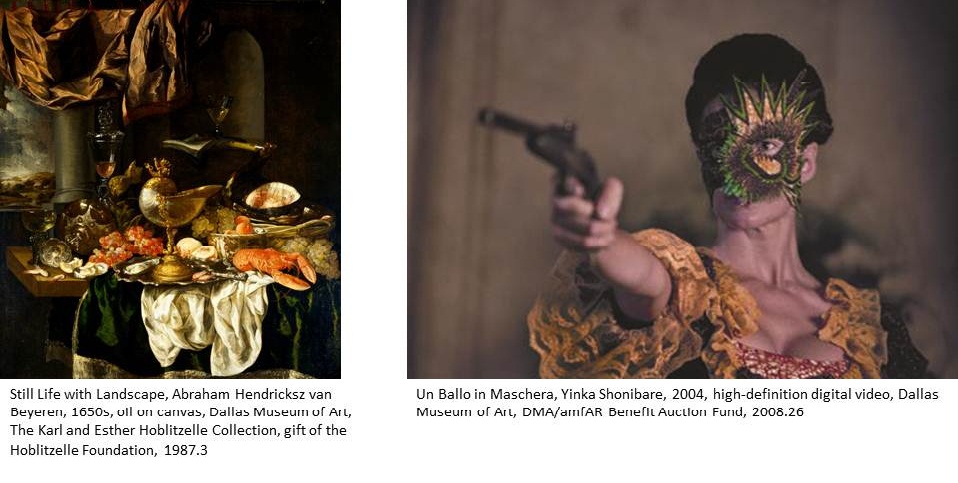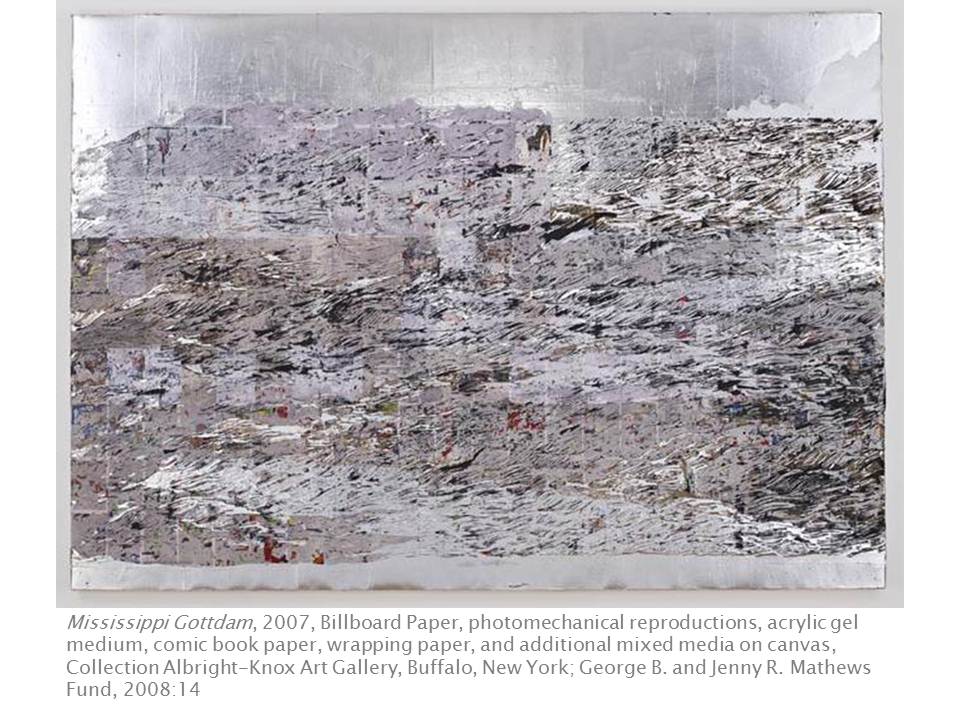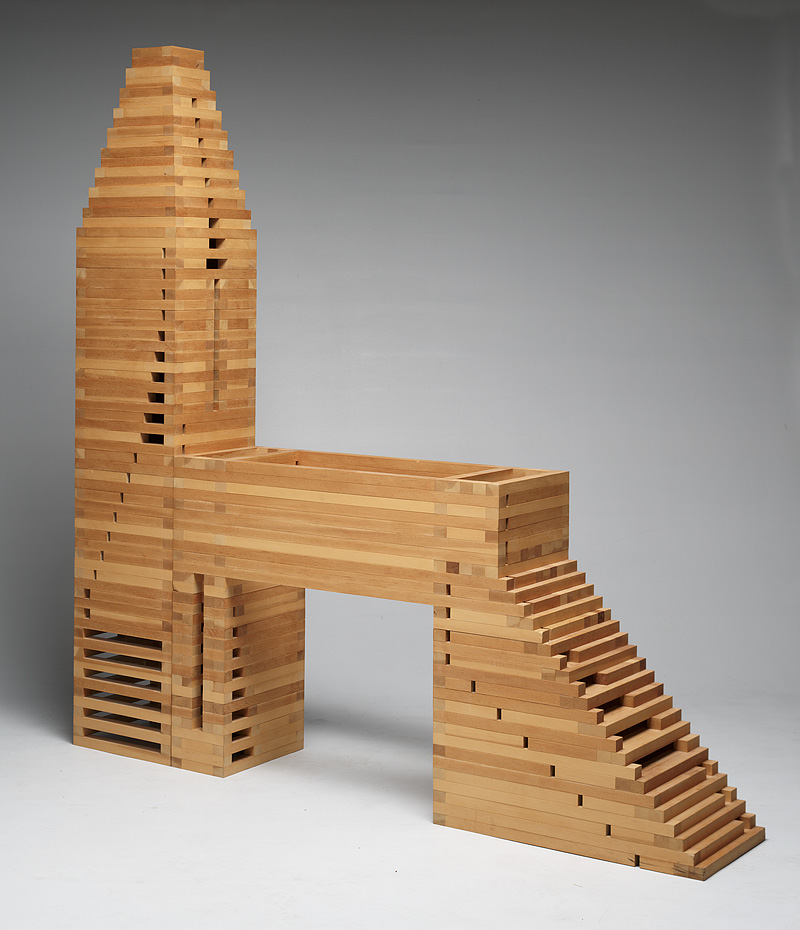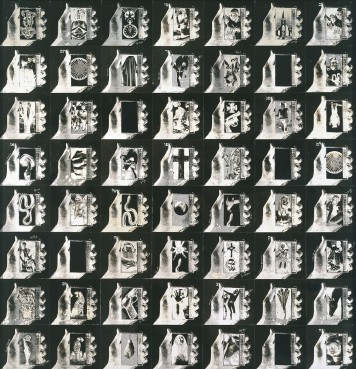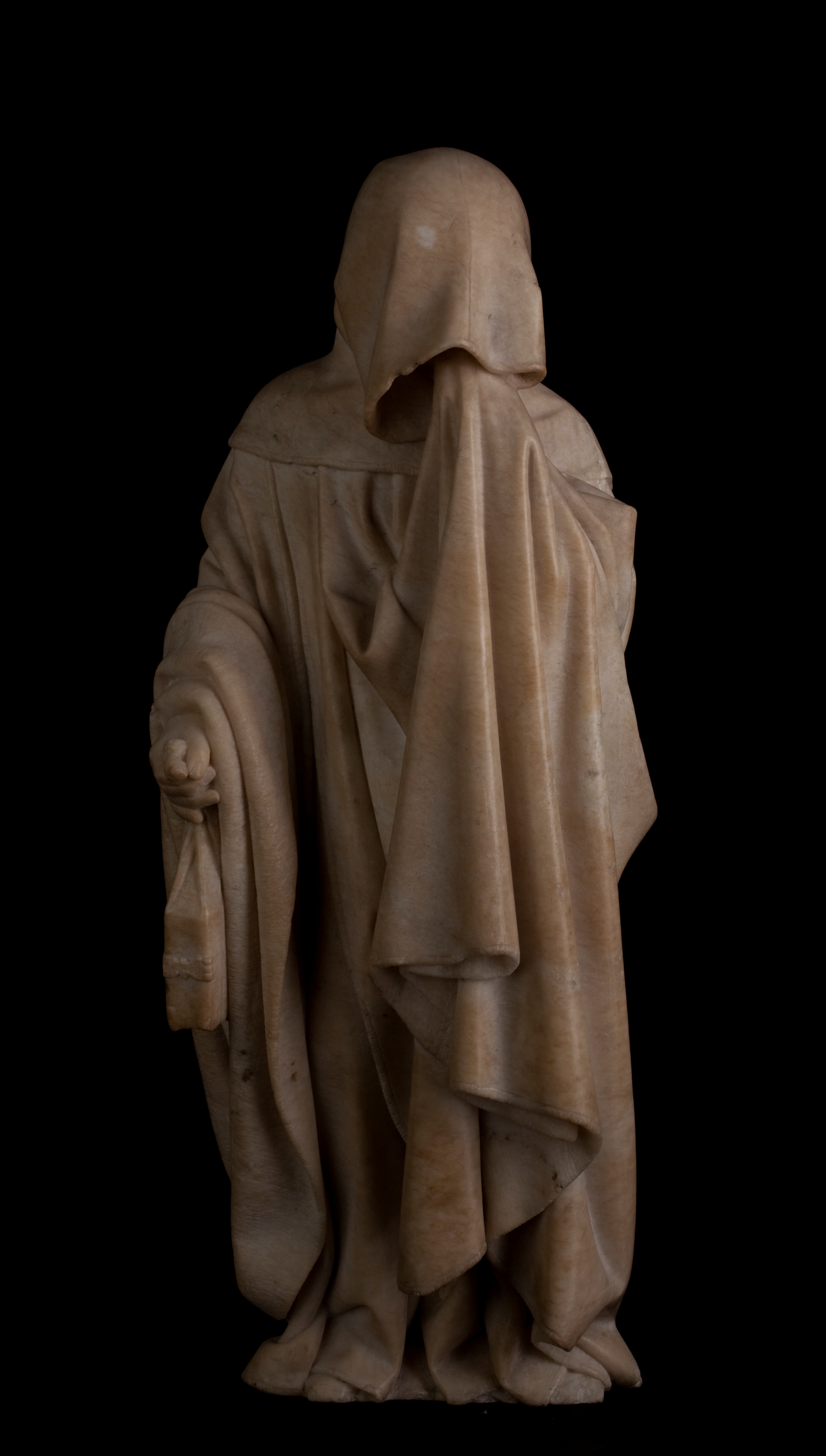As educators in the museum, we get the wonderful opportunity to spend lots of time with the collection. So much so that the art works begin to feel like family. And just like in every family, there are plenty of characters. From the silly to the serious, emotional to adventurous, happy to sad, all the subjects in our collection have a lot of personality. With Thanksgiving coming up, I began to wonder what it would be like to have all of these quirky individuals come together for a Thanksgiving feast. Naturally, there were some I would be more excited about having in my home than others; after all, there’s a black sheep in every family.
So I decided to ask the other authors who in our collection they would invite to Thanksgiving dinner?
Here were their responses:
I would welcome the Banquete chair with pandas to my Thanksgiving dinner. I imagine this lovely lady to be so warm, playful, and inviting, that she’d be sure to get along with everyone. Also, if we ran out of seats at the table, I just know she would offer up herself.

Banquete chair with pandas, Fernando Campana and Humberto Campana, 2006, stuffed animals on steel base, Dallas Museum of Art, DMA/amfAR Benefit Auction Fund, 2009.9
I would invite the Indonesian couple from the video installation The World Won’t Listen by Phil Collins. Not only do they sing one of my favorite songs by The Smiths – There is a Light That Never Goes Out – but they also seem like they would be really cool people. I like their style, and I love the way they sing this somewhat dark love song as a duet.

The world won't listen, Phil Collins, 2005, synchronized three-channel color video projection with sound, Dallas Museum of Art, Gayle and Paul Stoffel Fund for Contemporary Art and gift of Marguerite Steed Hoffman, 2008.12.2.A-M
I’d invite Still Life with Landscape for dinner, and Yinka Shonibare’s Un Ballo in Maschera for dramatic entertainment.
I think that I would invite Shiva Nataraja because he would be the best at passing around my favorite Thanksgiving dishes with all those arms!

Shiva Nataraja, 11th century, bronze, Chola dynasty, Dallas Museum of Art, gift of Mrs. Eugene McDermott, the Hamon Charitable Foundation, and an anonymous donor in honor of David T. Owsley, with additional funding from The Cecil and Ida Green Foundation and the Cecil and Ida Green Acquisition Fund, 2000.377
I don’t know who I would invite to Thanksgiving dinner, but I can tell you who I wouldn’t invite: the Xipe Impersonator. He wears the flayed skin of a sacrificial victim until it rots off, and I wouldn’t want his stench overpowering the yummy smells of turkey and pumpkin pie!
I would invite That Gentleman in Andrew Wyeth’s painting. That Gentleman reminds me of my grandfather: someone who was oftentimes quiet, but when compelled to speak, his words were profound. I can imagine the interesting stories he would tell about his life, and maybe even past Thanksgivings. It would be an honor to share stories and a Thanksgiving feast with That Gentleman, for that is what Thanksgiving is all about, sharing.

That Gentleman, Andrew Wyeth, 1960, tempera on panel, Dallas Museum of Art, Dallas Art Association Purchase, 1962.27
I would enjoy having the presence of Tlaloc at my Thanksgiving table for several reasons. First, he’s really old and he’s a god. That’s pretty cool. He’s “been around the bush” as they say and I suspect he may have some harrowing and interesting stories to share about his impact on the weather and agriculture. Because of this, I imagine him to be someone who really knows and understands thankfulness. Second, I would just love to look at him with that crown, the nose decoration, and those serpents in his ears. And technically, he has no body. Would he just hover at the table? Third, I have no doubt that he would bring some delicious maize dish to share. Corn pudding perhaps, or corn bread. Mmmm…

Head of the rain god Tlaloc, North America, Mexico, Teotitlan del Camino, A.D. 1300-1500, ceramic, tufa, stucco, and paint, Dallas Museum of Art, gift of Mr. and Mrs. Stanley Marcus in memory of Mary Freiberg, 1967.5
As for me, I would invite The Reveler. As the life of the party, this goofy fun-loving party animal would keep all of my guests dancing, laughing, and having a good time.

The Reveler (Le Festoyeur), Jean Dubuffet, 1964, oil on canvas, Dallas Museum of Art, gift of Mr. and Mrs. James H. Clark, 1966.14
Who would you invite?
Wishing you a yummy Thanksgiving!
